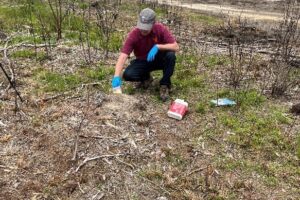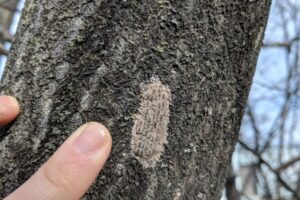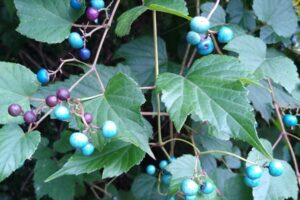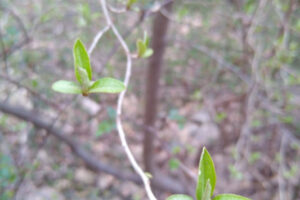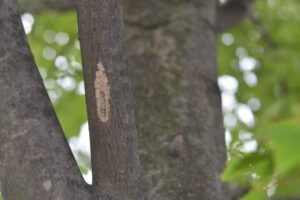The Understory – Oct. 9, 2024
October 9, 2024 - The Virginia Department of Forestry (DOF) launched this newsletter to connect with forest landowners and all who love forests. Here we’ll share news, services, assistance programs and more. You’re receiving this newsletter because you previously signed up for DOF announcements. Help us spread the word by encouraging others interested in Virginia’s forests — and forestry — to sign up below. Interested in a specific forestry topic? Contact us. DOF Response... Read More






